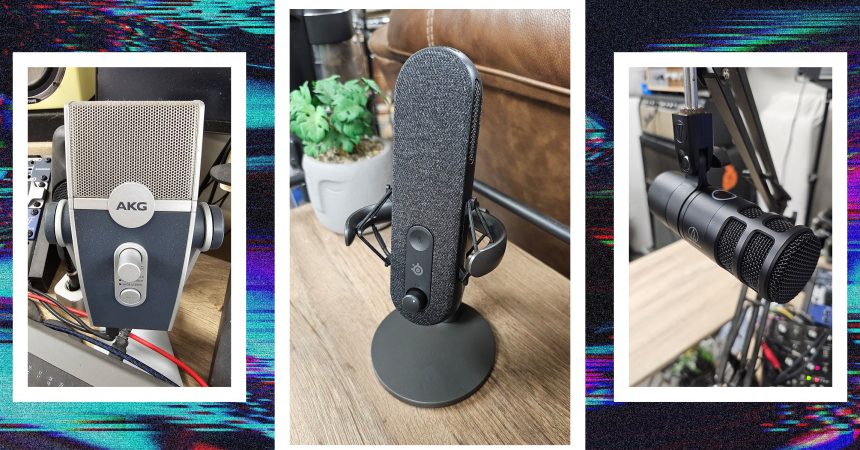Microphones, the quintessential tools for capturing sound, possess distinct characteristics that determine their effectiveness in various recording scenarios. One of the most crucial of these characteristics is the polar pattern, which dictates the directions from which a microphone picks up sound. Understanding polar patterns is essential for optimizing audio capture and achieving desired results, whether recording a single voice, a musical instrument, or an ambient soundscape. The most common polar pattern is cardioid, which is aptly named for its heart-shaped sensitivity pattern. Cardioid microphones primarily capture sound from the front, effectively minimizing sounds emanating from the sides and rear. This directional sensitivity makes them ideal for isolating individual sound sources, such as a vocalist or a single instrument, in environments with unwanted background noise.
Another frequently encountered polar pattern is the figure-8, also known as bidirectional. As the name suggests, figure-8 microphones exhibit sensitivity in two opposite directions: the front and the back. This pattern effectively rejects sounds from the sides, making it particularly well-suited for recording two-person interviews or capturing a duet performance. The two individuals can be positioned on opposite sides of the microphone, with each voice being captured clearly while minimizing interference from other sound sources. Omnidirectional microphones, on the other hand, exhibit equal sensitivity to sound from all directions. This 360-degree pickup pattern makes them ideal for capturing ambient sounds, recording a group of people, or capturing the natural reverberation of a room.
Microphone gain, often represented by a knob or a setting in recording software, is another critical parameter that governs the sensitivity of the microphone. Gain determines how much the microphone amplifies the incoming sound signal. Higher gain settings increase the sensitivity, enabling the microphone to pick up quieter sounds more effectively. Conversely, lower gain settings reduce sensitivity, preventing distortion when recording louder sounds. Adjusting the gain appropriately is crucial for achieving a balanced and clear recording, free from excessive noise or clipping. Experimenting with different gain settings and comparing the results is often the best approach for finding the optimal level for a particular recording situation.
Many modern microphones, especially those designed for use with computers, offer software-based automatic gain control (AGC). AGC dynamically adjusts the microphone’s gain in real-time, automatically compensating for variations in sound levels. This feature can be particularly helpful for novice users or in situations where consistent sound levels are paramount, such as online meetings or voiceovers. However, AGC can sometimes introduce unwanted artifacts or overly compress the audio, making manual gain adjustment preferable in certain recording scenarios. Understanding the relationship between gain and the input sound level is essential for preventing distortion. When the input sound level exceeds the microphone’s capacity, clipping occurs, resulting in a harsh and distorted sound. Adjusting the gain appropriately, or reducing the input sound level, can prevent clipping and maintain audio fidelity.
The choice of polar pattern and gain setting depends heavily on the specific recording scenario. For recording a single voice in a relatively quiet environment, a cardioid pattern with moderate gain is typically suitable. For recording a musical instrument, the optimal polar pattern and gain setting will depend on the instrument’s characteristics and the desired sound. Experimentation is often key to finding the best approach. In noisy environments, a highly directional microphone with a cardioid or supercardioid pattern can help isolate the desired sound source and minimize background noise. Additionally, using a pop filter or windscreen can further reduce unwanted noise caused by plosives (e.g., “p” and “b” sounds) or wind.
Understanding microphone polar patterns and gain is essential for anyone working with audio recording. Choosing the appropriate polar pattern for the recording situation can significantly improve the quality and clarity of the captured audio by minimizing unwanted background noise and isolating the desired sound source. Similarly, adjusting the gain correctly ensures that the recorded audio is neither too quiet nor too loud, preventing distortion and preserving the dynamic range of the sound. By mastering these fundamental concepts, audio enthusiasts and professionals alike can elevate their recordings and achieve professional-sounding results.



